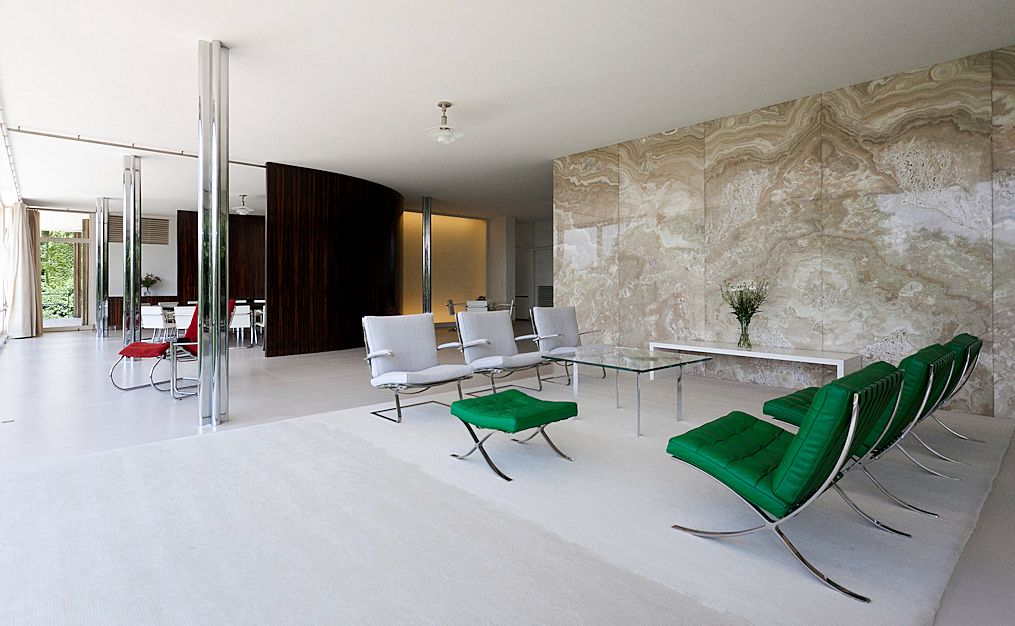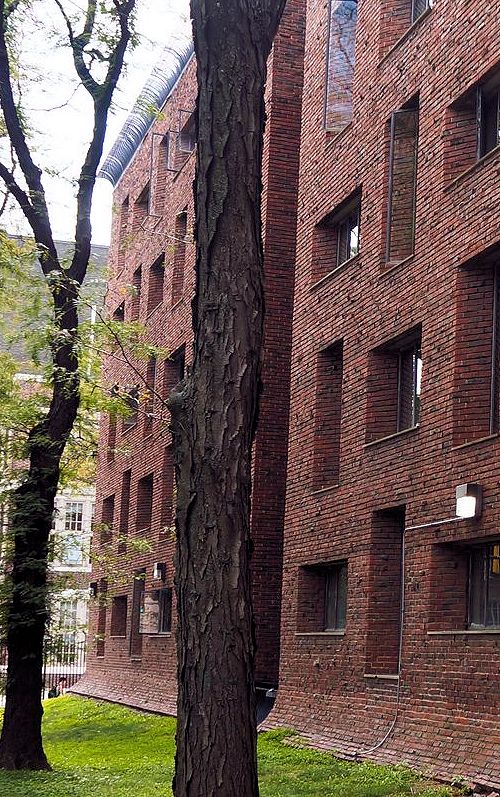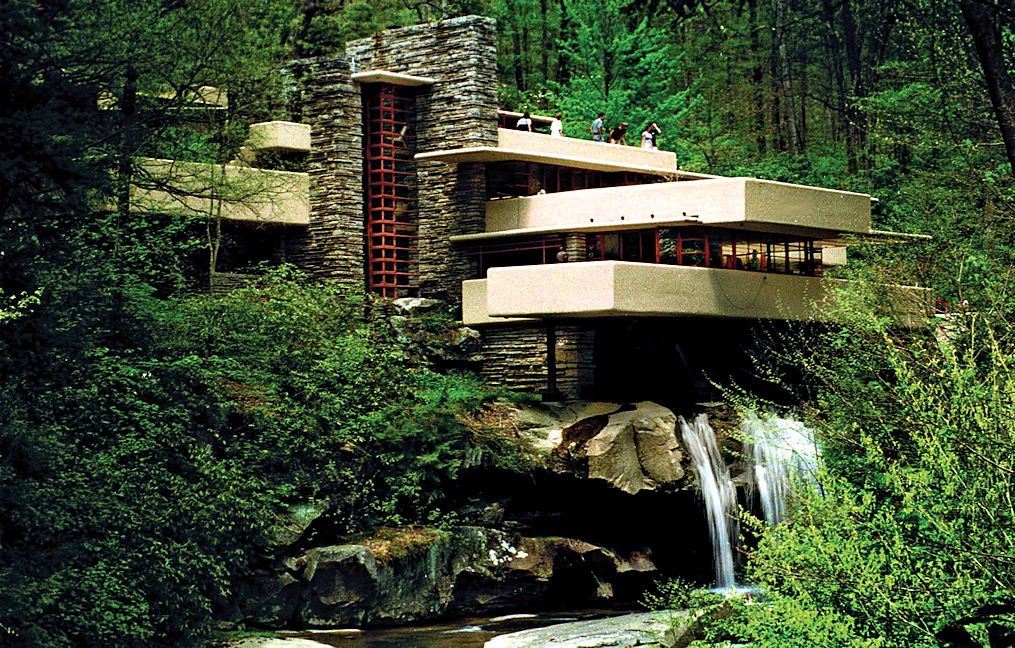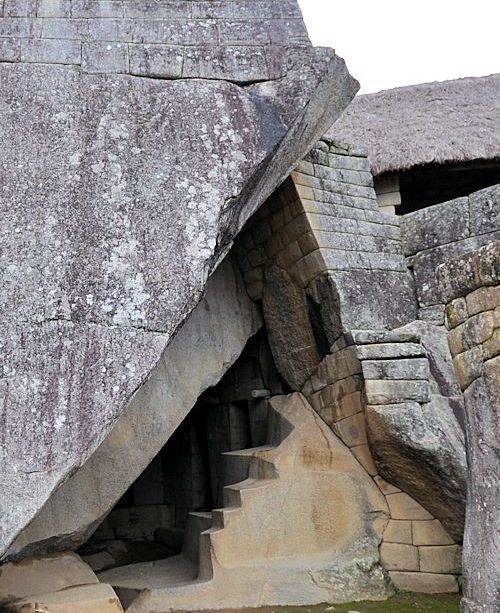behind the scenes | multiple vision |
|
|
Modern architecture tends to reject inflection at all levels of scale. In the Tugendhat House no inflecting capital compromises the purity of the column's form, although the shear forces in the supported roof plane must thus be ignored. Walls are inflected neither by bases nor cornices nor by structural reinforcements, such as quoins, at corners. Mies' pavilions are as independent as Greek temples; Wright's wings are interdependent but interlocked rather than independent and inflected. However, Wright, in accommodating his rural buildings to their particular sites, has recognized inflection at the scale of the whole building. For example, Fallingwater is incomplete without its context--it is a fragment of its natural setting which forms the greater whole. Away from its setting it would have no meaning.
|
Except for the flush joint of early Modern architecture, implied continuity is rare. The shadow joint of Mies' vocabulary tends to exaggerate separation. And Wright, especially, articulates a joint by a change in profile when there is a change in material--an expressive manifestation of the nature of materials in Organic architecture. But a contrast between expressive continuity and real discontinuity of structure and materials is a characteristic of the facade of Saarinen's dormitory at the University of Pennsylvania. In section its continuous curves defy the changes in materials, structure, and use. In the precise walls of Machu Picchu the same profile continues between the built-up jointed masonry and the rock in situ.
|
|
|
|
|
www.quondam.com/32/3207m.htm | Quondam © 2020.05.04 |



